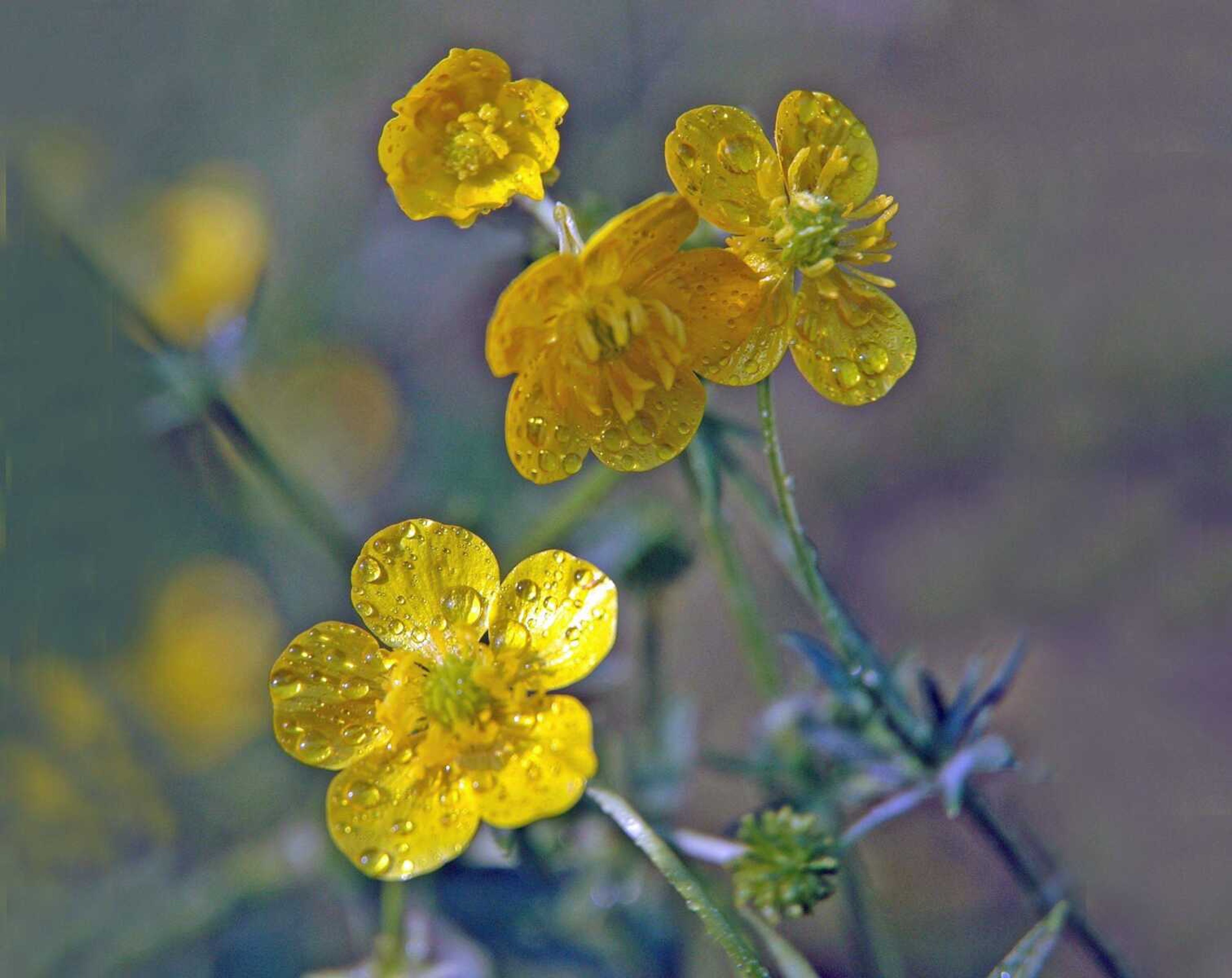Build me up, buttercup
The scientific name for this flower's genus is ranunculus. There are several hundred different species of ranunculus spread across the world. Many of them are difficult to distinguish from one another. Most buttercup plants have five slick bright yellow petals on each flower. Individual flowers of the buttercup are small, but this spring blooming plant can colonize an untilled field or pasture and present a breath-taking sight...
The scientific name for this flower's genus is ranunculus. There are several hundred different species of ranunculus spread across the world. Many of them are difficult to distinguish from one another.
Most buttercup plants have five slick bright yellow petals on each flower. Individual flowers of the buttercup are small, but this spring blooming plant can colonize an untilled field or pasture and present a breath-taking sight.
The buttercup is poisonous to grazing cattle, but it can be fed when dry-cured in hay along with other forage. Excessive handling of live buttercups may cause skin irritation and other skin problems in some humans.
A fable says if you hold a buttercup flower up to your chin and your chin reflects a yellow glow, that you will like the taste of butter.
Through the Woods is a weekly nature photo column by Aaron Horrell. Find this column at semissourian.com to order a reprint of the photo. Find more work by Aaron at The Painted Wren Gallery.
Connect with the Southeast Missourian Newsroom:
For corrections to this story or other insights for the editor, click here. To submit a letter to the editor, click here. To learn about the Southeast Missourian’s AI Policy, click here.










